Summary
This is a summary of how to use carbon offsets in your life and other easy ways to support the environment.
If you’ve been wondering, what are carbon offsets, then you have found the right post! Carbon offsets provide a way to heal the earth, one project at a time, one carbon footprint at a time. When we each reduce our carbon footprint, it’s good for all of us. But what exactly does that mean?
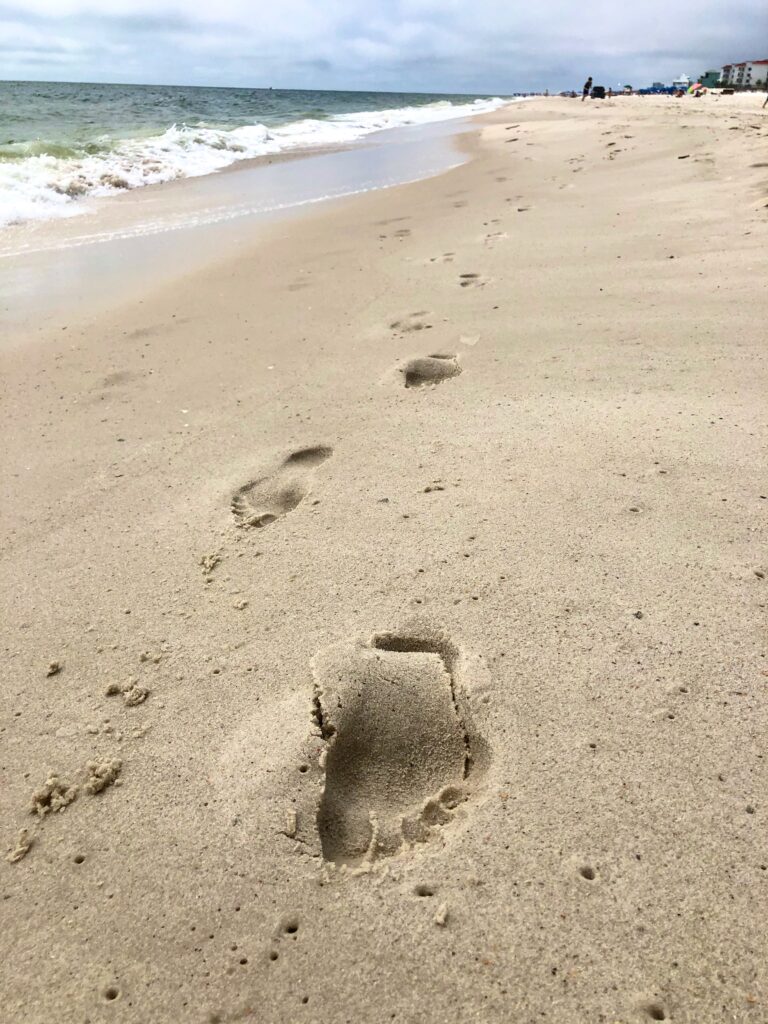
Carbon offsetting feels complex and enigmatic, like something you want to be able to intelligently discuss at a cocktail party, but all you’ve got is, “I totally recycle!”
For those of us who aren’t environmental scientists or honestly need major help with the periodic table, carbon offsetting sounds somewhat intimidating. But there are simpler ways of thinking about it and adding it into the way we live.
After reading, you’ll have a deeper understanding of carbon offsets and how you use them in your life.
This post is all about answering the question: What are carbon offsets?
But first…
This page contains affiliate links, which means I may receive a commission if you make a purchase through my affiliate link at no extra cost to you.
So, I didn’t think my footprint Looked that bad. How can I improve?
Well, I’m sure your actual footprint is very cute, but we can all be much cuter when it comes to our carbon footprints!
Each person’s carbon footprint is the amount of carbon dioxide that person releases into our earth’s atmosphere through things like car trips, plane rides, electricity usage, personal purchases, waste production, and even how much meat we eat.
How much carbon dioxide am I actually releasing into the environment?
This can vary depending on your habits and lifestyle!
Things like:
- Putting lots of miles on your car
- Jet-setting and cruising and yachting all over the globe
- Leaving lights on in a room you’re not using
- Keeping you A/C on full blast or your heat cranked up to tropical island temps
- Throwing everything in the garbage, instead of sorting for compost, recycling, and repurposing
- Buying plastic all day, every day
You’re doing all of these things, you say?
Oh, honey, we need to talk.
Kidding! Plenty of us aren’t doing everything we can do at the moment (including moi!), but I understand that it isn’t easy and, a lot of times, it isn’t cheap.
Many times, we’re not provided the resources or options to make a more sustainable choice. We order food and it’s packaged in Styrofoam and then we can’t find any place that’ll recycle it. We go on trips and every little thing is single-use plastic. We need life stuff like fridge filters and floor mops and pillows, but how do we responsibly unburden ourselves of these items when they need to be replaced?
Sometimes I feel like I’m dragging my carbon footprint all over the place because finding sustainable services and resources is a humongous challenge.
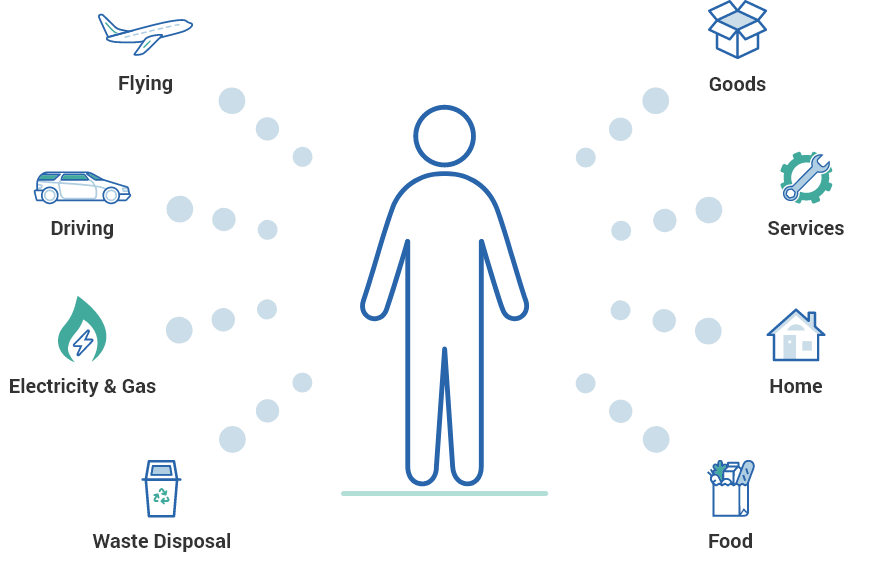
How do i calculate my personal carbon footprint?
You can calculate your carbon footprint with the Terrapass carbon footprint calculator.
I calculated my carbon footprint and found that mine is 10,084 lbs which is the equivalent to planting 117 urban trees. WHAT. No. WHAAAAAT.
He plants trees, which will be of use to another age.
Caecilius Statius, Roman Poet
Quote Source: Quote Investigator

Since I’m not sure if I can ever personally plant 117 urban trees, I looked up how much I could pay for my personal carbon offsets. It was $80.57. That feels actually doable!
NOW. I guesstimated my vehicle gas usage (which luckily isn’t a ton since I’m fortunate to work from home) and added a few airplane flights (because I might do two annually). So, it can fluctuate from year to year. And, I had to look up my electric and gas bills to get the numbers I needed to input into the calculator. So, just FYI, scatterbrains like me!
My gas bill stated MCF versus Terrapass’ CCF. To convert MCF to CCF, you multiply MCF by 10.
Also, that is the first and last math lesson you will ever get from me. But, please do your own independent research on this because math is NOT OR NEVER WILL BE my forte.
Okay, hold up, Lady. You have to pay to breathe on this planet? I still don’t actually know what you’re talking about? do You know what you’re talking about?
You don’t HAVE to pay. But, if you’re still reading this, you clearly care about our planet and you want to do something nice for it.
Carbon offsets are ways individuals and businesses can support projects to reduce the carbon impact humans have on the environment.
So, explain carbon offsets again?
Environmental companies like Terrapass advocate for our earth through positive projects that support our climate, reduce carbon emissions, and reverse the harsh impact of daily waste and consumption.
Could you say that again, but like a normal human?
When you buy a carbon offset, you’re helping to fund world projects that plant more forests, use water to make electricity, create wind energy, and reduce methane gasses from landfills.
I strongly encourage you to read more on the Terrapass website. They fund incredible work.
So a carbon offset isn’t a tangible item you’re shipping to me, but an investment into preserving our planet for future generations?
Yes! It’s every individual’s way of taking responsibility for their own resource usage. It’s like a gift to the earth for giving us its land, air, crops, water, and beauty.
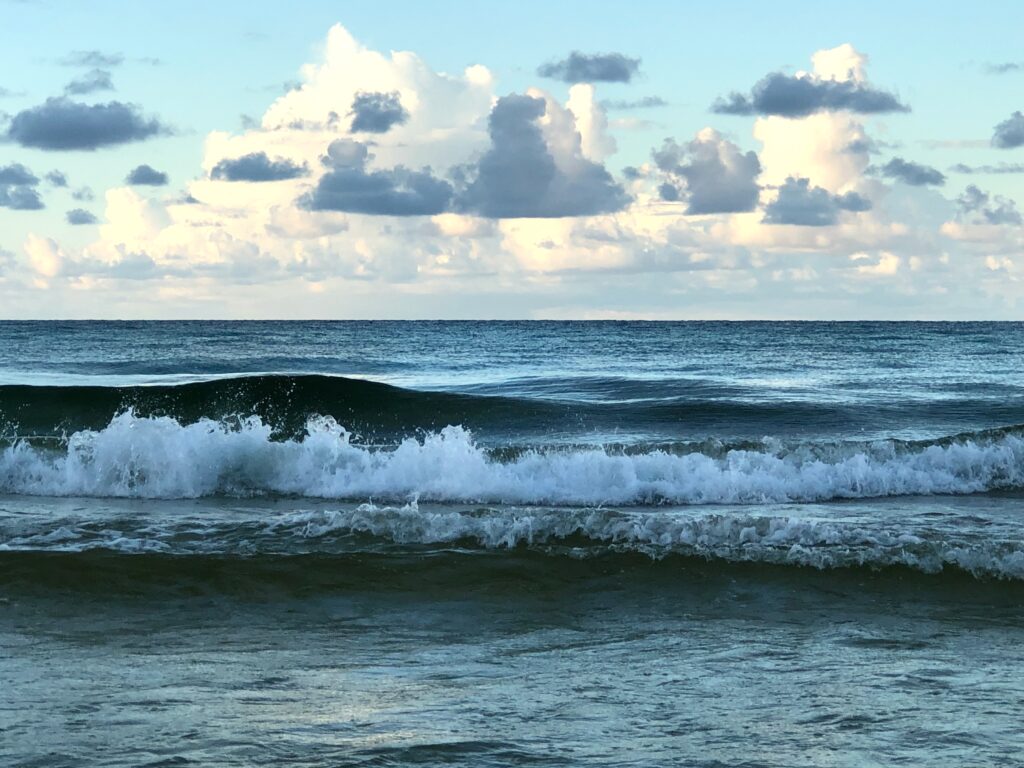
What if money is really tight right now and I can’t buy carbon offsets?
If you’re low on cash, I get it! Everything is expensive and there’s always something malfunctioning or supplies needing to be refilled or doctors’ appointments that require the big bucks. Even a value meal can break the bank!
One thing you can do is purchase a portion of the carbon offsets you calculate. Maybe it’s just one!
If you’re completely strapped, switch a few lifestyle habits
- Carpool with a friend or walk to the store if it’s safe and you’re pretty close.
- Turn lights off in rooms you’re not using.
- Eat less meat. Did you know livestock produces a lot of carbon emissions? Plus, limiting our use of animal products is just more compassionate to our furry friends.
- Buy fewer pieces of clothing by mending items you have or doing an outfit swap with a pal.
- Try composting! I think it’s fun!
- Bring your own reusable bags to the grocery store.
- Use metal straws and avoid the plastic ones.
- Adjust your thermostat a few degrees.
- Opt to ship your purchases in one shipment, even if you have to wait an extra day.
- Think through your shopping choices. If there’s a glass jar versus a plastic one, choose the glass.
- Try planting your own veggies and herbs.
- Look for compostable products like wipes and packaging.
- Check out refillable items like shampoos and conditioners or those with reusable components.
- Turn off water when brushing your teeth.
- Decorate with found objects in your home or yard.
- Sign up for paperless statements and bills.
- Plant a butterfly garden!
- Buy from antique and thrift stores to give pre-loved items a new chapter to their story. What I can definitely recommend is vintage jewelry. It’s gorgeous and such a great sustainable option with history! I personally love Maejean Vintage and Walton’s Jewelry. Both are family-owned and women-owned! All magnificent reasons to shop these gems!
Terrapass sounds pretty intriguing. Have you told me everything?
Everything? You don’t have all day! I hope you’ll visit their website to discover the amazing things they’re doing for our planet.
But I will tell you this: You’re a beautiful human for caring for our environment.
so, missy, what ARE you doing for our planet?
- I do a lot of the practical list above.
- I share sustainable ideas and products with my friends and family that have made my life easier. I think my most favorite way I’ve reduced plastic usage in my house is by using laundry sheets. I LOVE, LOVE, LOVE laundry sheets because they are practically effortless and are a product with ZERO PLASTIC. Earth Breeze is my current go-to!
- I organize things at home to sort out which items are recycled, composted, donated, or gifted. (It could be a lot more organized, but I’m trying!)
- I also plant a lot of plants! I’ve transplanted three red bud saplings and one is now a pretty large tree! Bringing the arborist vibes! I also got a crew to help me plant 10 additional trees. Now I have only 104 more to go!

Another thing you can do is share plants with neighbors! Y’all, free plants! If you have a lot of saplings, dig some up for those who might want to grow a few extra trees in their yard. Divide plants like hostas, irises, and day lilies to help a friend get their own pollinator garden started.
storytime, folks
I have a lovely neighbor who generously buys me plants when she’s roving about town. She’s such a fantastic human being! She also makes me cookies and brings me little gifts and shares the greatest gardening tips. Her garden is SWEET, btw. Her heart? Even sweeter!
Herbs are also great for our bee and butterfly beauties! I’ve had really good luck with catmint. It needs sun, but the bees and butterflies go gaga over it. Mojito mint is another one that smells fabulous and is easy. So is lemon balm.
Another flower that I’m recently obsessing over is sedum! Bees, butterflies, and lightning bugs love it and it’s so pretty. The blooms look a little like hydrangeas, but need much less water than hydrangeas! When I was recently at a nursery, the pollinators were having an all-out party with these plants.
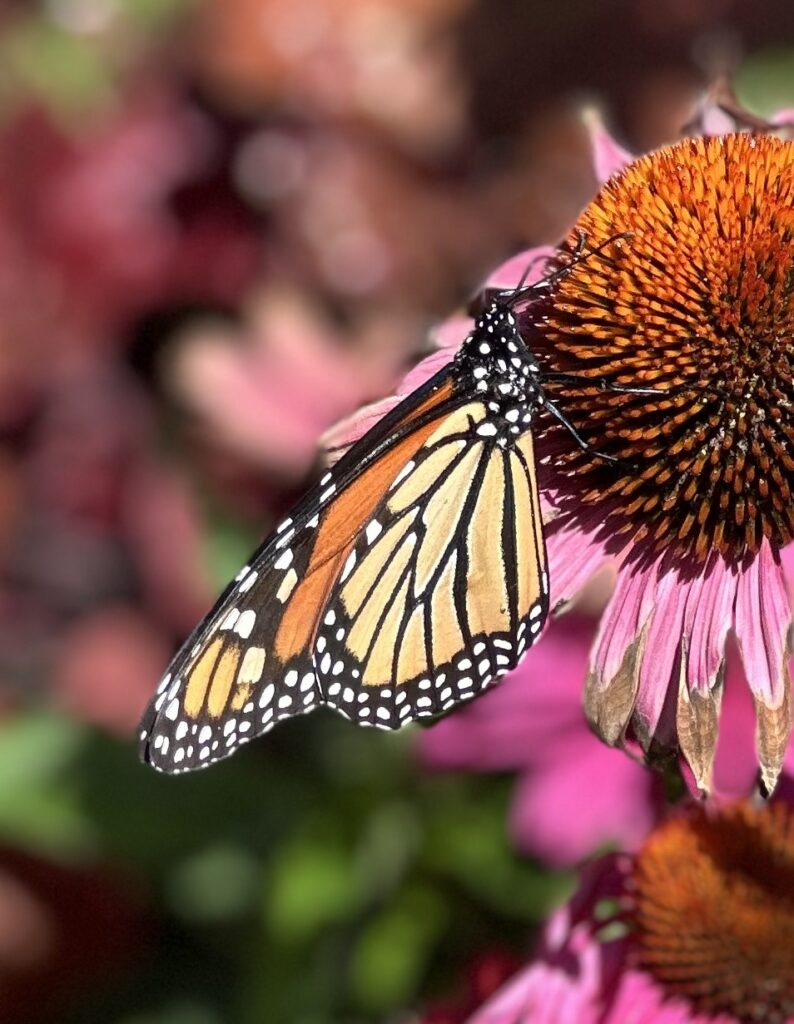
You just got on a plant tangent. can we focus on what else you do that i could do, too?
- I recycle my clothes so that they don’t end up in the landfill. I write about that here. And I write about some other stuff I do here!
- I try my best to avoid plastic straws at restaurants, but you’ve got to be fast because servers are usually faster with the straws!
- I’m starting to realize my carryout habit is adding a lot more single-use packages to my carbon footprint, so I’m rethinking how I do meals.
- If you know business owners (or live with one like I do!) in the community, you could request compostable straws, silverware, cups, and napkins if they’re a food establishment. They might consider it! You never know!
- I support businesses who are making extra efforts. There’s probably an online list of restaurants in your city that compost their food and paper waste.
- I pay attention to candidates who address the need for climate change and vote for those guys!
- And, of course, I love supporting organizations and companies like Terrapass who believe in a happier, healthier, and thriving planet.
Could I buy carbon offsets as gifts or Wedding party favors?
Yes! Terrapass says that most humans produce 3,000 pounds of CO2 emissions per month. If you know someone who wants to make a positive difference for our environment, supporting good planet projects is the perfect gift! You’ll balance energy usage and replenish resources when you buy carbon offsets for your family and friends. Packages come in amounts of:
- 1 year
- 6 months
- 1 month
If you’re planning a wedding or celebrating another special occasion, you can purchase carbon offsets to make your big event carbon neutral. Let’s toast to that!
What are other ways I can support projects that reduce climate change?
Businesses and organizations partner with Terrapass to offset their shipping, energy, and even employees’ carbon footprints, like travel, commutes, and general resource usage.
These are the companies we can support, too!
Check out their “Our Clients” page under the “About” tab to see the businesses that are climate neutral, climate positive, or working toward a goal to balance their environmental impacts.
One of my favorite companies on the list is Pixie Mood! They make adorable vegan leather bags and I write about them here.

Read about a few compassionate companies that interest you and, when the time comes, choose their goodness to support!
conclusion
What are some ways you’re reducing your carbon footprint? Please share any tips or tricks in the comments we can all benefit from!
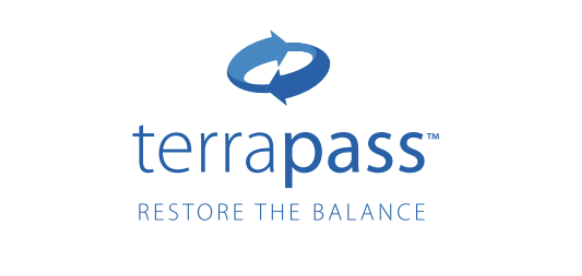

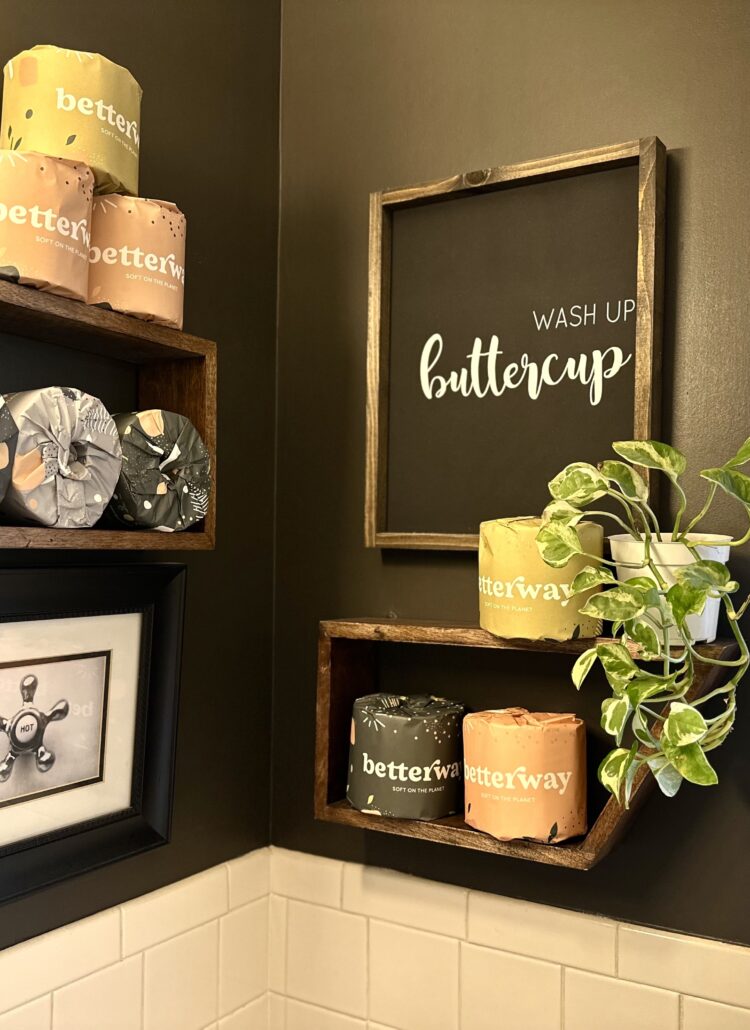


Carbon offsetting. I never thought of calculating my own carbon footprint. Amazing. I love what you’ve done and what you’re doing. This needs to go viral so it becomes contagious!
Aw, thank you so much, Kristine! It’s really fascinating to me and feels like something we can do when other things make us feel so helpless. I really appreciate your kind words!!
Are your ten thousand some-odd #’s of carbon offsets lifetime, annual or over what period?
Hi Carolyn! I calculated those as yearly, but they seem a bit low because Terrapass estimates most people use about 3,000 lbs per month. I don’t drive as much as I used to, so that may factor in (along with my somewhat unreliable math skills). I’d love to hear what other people come up with when calculating their carbon footprints! Thank you so much for reading!